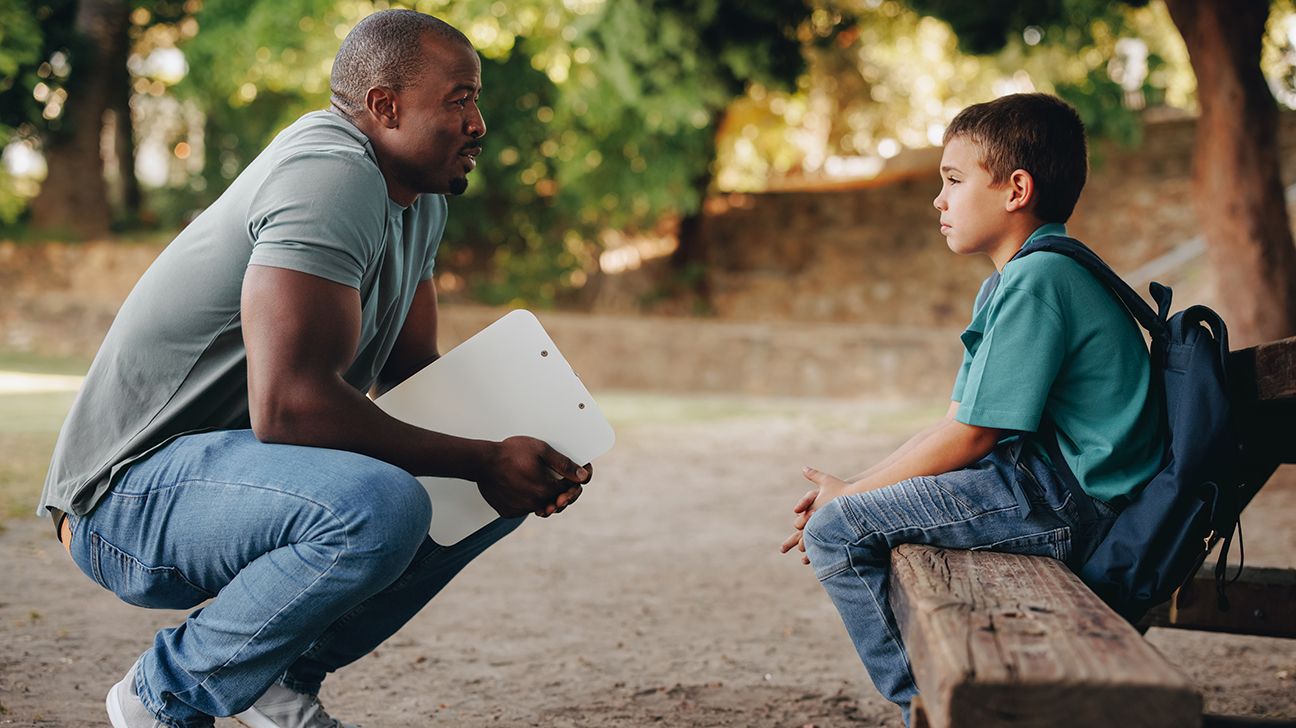Children and adults may choose to bully others for many different reasons. But this is a choice they can stop making.

Bullying is one of the biggest problems that children and adolescents face today. In fact, it affects millions of school-aged children every year. And while many people experience bullying every year, just as many people choose to act like a bully.
People bully others for many reasons, and there’s no one specific reason or explanation for why someone might become a bully. That said, research shows that certain factors increase the likelihood of someone engaging in bullying behaviors.
This article shares some of the possible reasons and risk factors for bullying, as well as tips for how to address bullying behaviors that you’ve noticed in yourself or someone around you.
Just like there are many different types of bullying, there are many different types of bullies — and many different reasons why people might bully.
Learned behaviors
Someone may bully because they’ve seen their older siblings or peers bully, and they’ve learned that this is an acceptable way to treat others. It may be a behavior that is rewarded in their home or school environment. Or someone might bully others because there are other rewards for their behavior, such as
When parents, caregivers, and other adults don’t correct bullying behaviors, especially in younger children, it can be hard to change these behaviors later in childhood and adulthood. These behaviors may become unconscious reactions to social stressors or possibly interpreted as healthy social interactions.
Personality traits
Outside of learned behaviors, some people may be more prone to engaging in bullying because of certain personality traits.
One study from 2012 found that bullying was strongly associated with two specific types of aggression: instrumental (or calculated) aggression and reactive aggression. In addition, traits like honesty, humility, and agreeableness appeared to be less likely linked to bullying.
However, not everyone who bullies has an aggressive or dominant personality. Sometimes, people can bully others without realizing it — especially if they believe they have other valid reasons for their behaviors.
Personal history
Behavioral and personality factors can increase someone’s risk of bullying, but there are also
Bullies
Stressful life situations, like financial difficulties, can also increase the risk of someone becoming a bully. One
Other traumatic experiences, like neglect or abuse at home, may also increase the risk of aggressive behaviors like bullying. In fact, bullying is so pervasive that sometimes victims can become bullies themselves — also known as victim-bullies.
And at the end of the day, some people bully for no reason other than that they’ve made the choice to hurt other people. Bullying makes them feel better about themselves, and they keep doing it because it continues to produce results for them.
One of the most important steps we can take to reduce bullying is to address bullying behaviors when we see them — and let children know that they’re not acceptable.
If you notice that a child is bullying someone, here’s how you can respond in the moment:
- Intervene: Stay calm and respectful and separate everyone involved in the situation, with the help of another adult if needed. Don’t attempt to address what happened in the moment, but do address any urgent needs, if necessary.
- Elaborate: Once everyone is safe and separated, gather as much information as you can about the situation from those involved and bystanders. Make sure to talk with everyone separately and try not to immediately throw blame on one person.
- Address: Different types of bullying often require different interventions, and there are different ways to help and support those involved. As you address the child responsible for the bullying, don’t forget to offer support to the victim, too.
- Nurture empathy: It’s important to not only address bullying behaviors in the moment but to also nurture the behaviors that help enhance social connection. Make sure that children who have been bullies in the past are engaged in social-emotional learning activities.
With the right guidelines, monitoring, and support, you can teach children how to change their behaviors and put an end to bullying.
Although some factors can increase the risk of becoming a bully, bullying is still a choice at the end of the day — and it’s a choice that you can change.
Having the awareness to see bullying behaviors in yourself is a huge step and the first one on the road to change. Working with a therapist can help you look clearly at the effect of your behaviors and where these bullying tendencies come from.
If you or someone you love is exhibiting bullying behaviors, therapy is a great way to reflect on and change those behaviors. And for more information on how to recognize and address bullying, consider checking out these resources:
Studies have found that various factors — like personality traits, income inequality, and past experiences — can influence bullying behaviors.
If we want to work toward putting an end to bullying, it’s crucial that we all keep an open dialogue and lead by example. By modeling respect, tolerance, and empathy in our interactions, we can teach children (and adults) that bullying behaviors aren’t tolerated.
